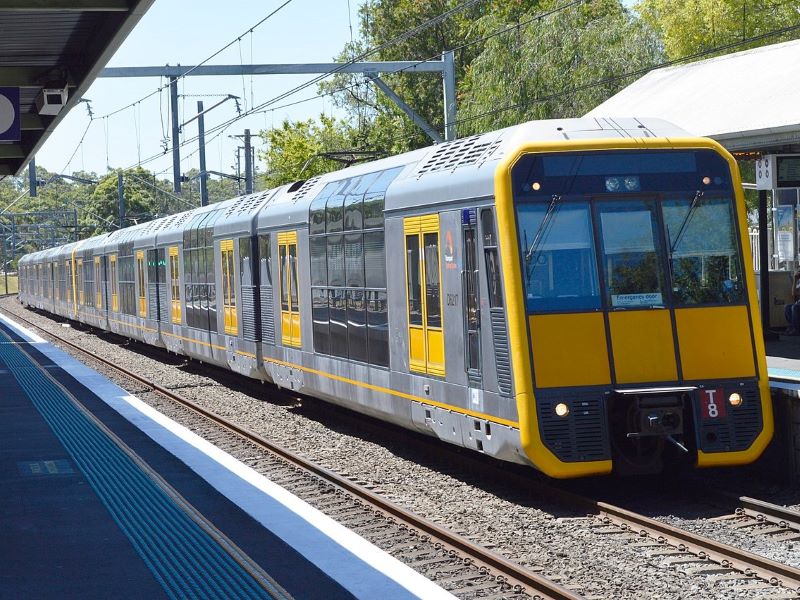Independent costings of NSW Labor’s election promise to revive domestic rail manufacturing cast doubt on the ambitious plan, finding any actual train buys are so far in the future they are difficult to estimate and a significant investment is needed for a pipeline of facilities, jobs and skills.
The only new rolling stock needed soon is to replace the ageing Tangara fleet. This replacement is needed by 2027 to 2032. Labor says procurement of the new trains will begin in its first term and be “guided” by its election policy of 50 per cent minimum local content on future contracts.
Transport for NSW has advised the Parliamentary Budget Office (PBO) that the Tangara replacement with the local content target is “possible but will lead to higher costs”.

But would-be Premier Chris Minns sees any higher cost as an investment in the local manufacturing industry.
He says he is “determined to bring back rail manufacturing to New South Wales after a decade of the Liberals sending thousands of jobs offshore and buying trains, trams and ferries filled with defects, faults and failures”.
The New South Wales Liberal government has justified the use of international train manufacturers in the past as a cheaper alternative, claiming local cost like materials, labour and energy add a 25 per cent premium to building trains onshore.
But McKell Institute analysis of six major transport procurement decisions made by the New South Wales government found for four of them the alleged higher costs would have been offset by the broader economic benefits of awarding the major tenders to domestic firms.
The PBO this week released its costing of Labor’s new approach, which would set a target of 50 per cent minimum local content for future rolling stock contracts by the end of Labor’s first term. Local means from Australia or New Zealand but with a preference for New South Wales where possible.
The costing does not factor in the retained economic benefits of a building the trains locally and does not offer a budget impact because the likely contracts signed for new trains would have payments starting beyond the forward estimates.
“There is likely to be a financial impact in the long run; however, that impact is too uncertain to be costed reliably,” the PBO analysis said.
“It will depend on both domestic and international market conditions at the time – that is, after 1 July 2026.”
These market conditions will depend on both international competition and what kind of “pipeline” can be developed locally for facilities, jobs and growth of skills, the PBO said.
It found the overheads in Australia will likely be higher than international competitors and there could be problems in obtaining the expertise for certain types of rolling stock to be manufactured within New South Wales or Australia.
The Sydney Metro Stock, which includes driverless trains, needs specific components like traction systems and signalling which are sourced from specialists around the world.
“The driverless nature of the Metro means the trains and the systems (including signalling systems) are an integral component. There are only 3-4 global suppliers offering a combined rolling stock and signalling systems solution with a proven track record of delivering driverless railway system,” the PBO said.
“The system is much more complex and important than the rolling stock itself.
“There is no current capacity in Australia for the manufacture of driverless Metro rolling stock. While there may be some capabilities to manufacture some mechanical parts, there are no established capabilities to manufacture the entire train with the core technology to enable driverless operation.”
Setting up a local manufacturing capability for this type of stock would require “significant lead times”, the costing said.
Similar long lead times and higher up front costs of local content also threaten to delay the Metro West project that will establish a new underground railway connecting Greater Parramatta with the Sydney CBD, Transport for NSW advised the PBO.
The 50 per cent local content target may also impact raise issues for light rail and bus programs, according to the costing.
However, Labor is well aware the ambitious plan is a long term one, having modelled the target on the Victorian Labor government’s, introduced over the last decade.
Labor also sees the 50 per cent target as a floor not a ceiling and said it wants “reward companies” that go beyond the half mark.
The federal Labor government is also working on a national approach to rail procurement, citing a report that showed disjointed policies have cost governments nearly $2 billion.
Do you know more? Contact James Riley via Email.

